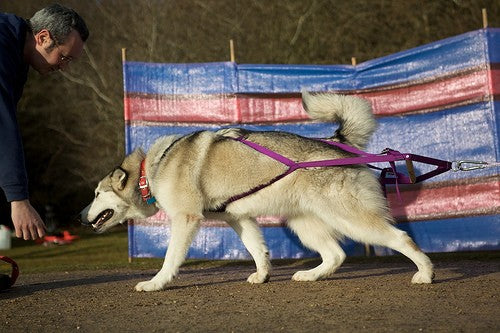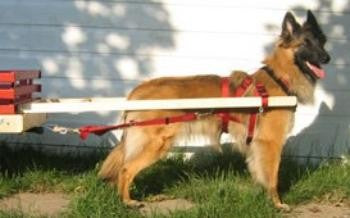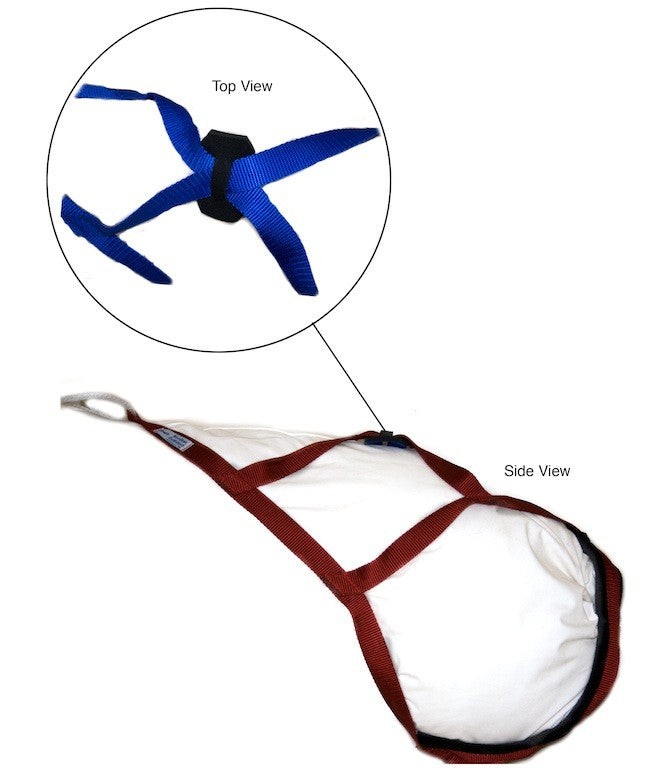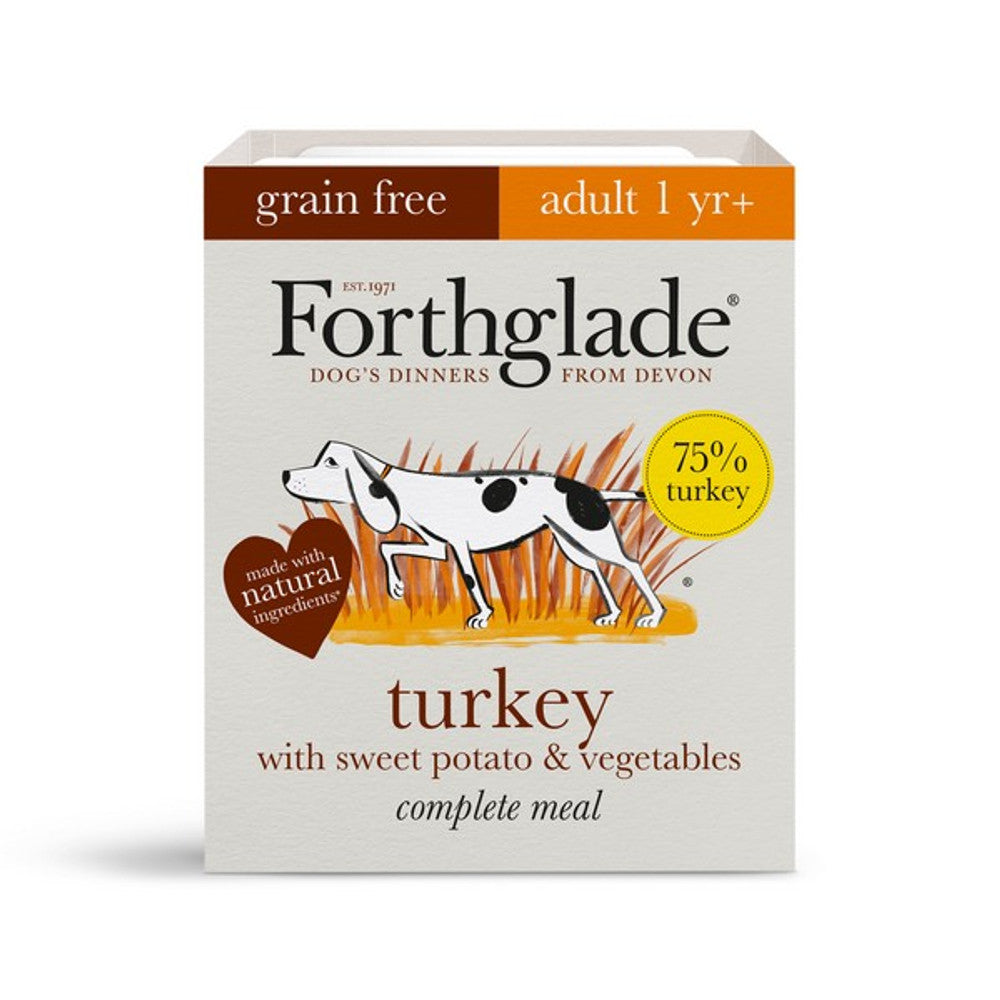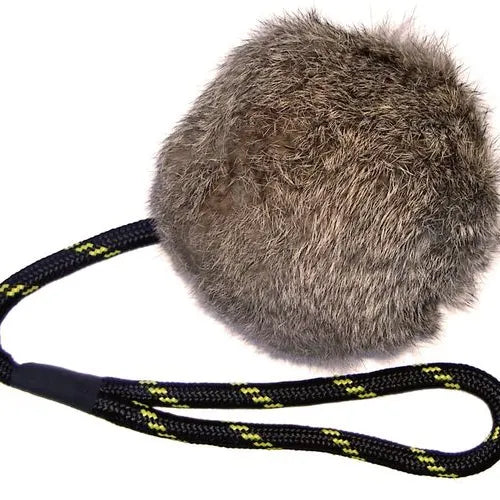Spending time with your dog is one of life's enjoyments. What better way to take up Cani-Cross together; a chance for you to get fit and an opportunity for your dog to run with you. Many people already do some form of canicross with their dog, but probably do not realize it!
canicross is basically cross country running with your dog. It has developed from the origins of skijoring, where people ski with their dog pulling out in front of them.
Running with your dog maintains a healthy lifestyle for both you and your dog, whilst allowing you to spend quality time together. Dogs can be great running partners as they are reliable and always ready to go. They will adjust their pace to your pace whether you are fast or slow, your dog will stay with you.
Canicross is a sport that can be enjoyed by any breed of dog, whether you, the runner, are male or female, and any age. Before you start, ensure your dog is fit and healthy, and has no underlying illness, and used to some level of exercise. Do not rush out and expect to be able to run miles if you are unused to exercise; start slowly and build up the distance that you are running.
Equipment
You do not need any special equipment to start canicross. If you want to get going immediately, clip on your dogs collar and lead, put your trainers on, and off you go.
You may however prefer to get a canicross harness for your dog to wear. Some people prefer to use a harness for a number of reasons:
-
- 1. By wearing a harness, your dog can pull from the chest allowing strong and freer running;
- 2. If your dog pulls enthusiastically, a collar can be quite restrictive and could injure the dog
- 3. By introducing a harness, you are actively encouraging your dog to pull. By having different equipment, your dog will learn to associate a harness is for pulling, whereas a collar and lead is for walking to heel.
Equipment for yourself can be basic or you can invest in items that make the run easier and more enjoyable.
Many runners invest in a Walking or Canicross Belt. This is worn around the waist, and allows the lines to the harness to be clipped directly onto the belt. This leaves the runners hands free to run properly!
There are various types of lines available also. Again, you may prefer just to use your standard lead. However, some runners prefer to use a bungee line, which includes a shock absorber. These bungee lines absorb and protect the dog and runner from any sudden jarring.
Starting Out
Your dog will probably have been trained to walk to heel, so teaching him to pull out front will be another learning experience and may take time.
For your first run with your dog, choose a familiar trail. A good choice is to take the dog to a fun place he's used to visiting, so he has a destination in mind like the park. A recognized trail is better than an open field because a dog does not know the direction to take when facing an open field. A narrow trail is better than a wide one.
If you can, bring a family member or friend with you, and ask them to run or even cycle slowly in front, calling your dog on. When your dogs pulls and is in front of you, praise him and reward him.
You may find it beneficial to find another person who runs with their dog, and you can encourage and help each other by alternating who runs out in front.
The most important lesson for the dog is that running is FUN because he gets to RUN. It is advised to keep the run short for the first few trips and stop well before the dog is tired. Stop while he still wants to go. Training 2 to 3 times a week should be sufficient. The main thing when training is to never over do it. Always observe your dogs' condition during and after training. Fitness in dogs, is like humans, it takes a long time to achieve, so don't try and push your dog too far, too early.
If you have two dogs, when starting out, try running with one dog initially, until you feel comfortable and secure, and your dog understands what is expected of him. You will then need to go through the training process with the 2nd dog, and at that point, you can consider running with two.
Organised Events
There are many organised and competitive events arranged through the country. Each event will have different levels classes and different distances for you to enter.
These types of events are worthwhile attending. Even if you are not entered, you can go along to watch, learn and speak to more experienced runners.
Health
The main risk to dogs whilst they are running is dehydration. Always take water and a bowl with you and stop to let your dog have a drink if he needs to.
A dogs pads are part of his perspiration system. Your dog cools down by panting and sweating through the pads. If the ground is hot, he won't be able to cool down as much.
Never run when it is hot. If you must run during the summer months, ensure you run early in the morning, or late at night when the temperature and sun are not as strong. Try to run in shaded areas, such as forests, and near to streams and rivers, so your dog can cool off if needed.
© SnowPaw Store 2008








